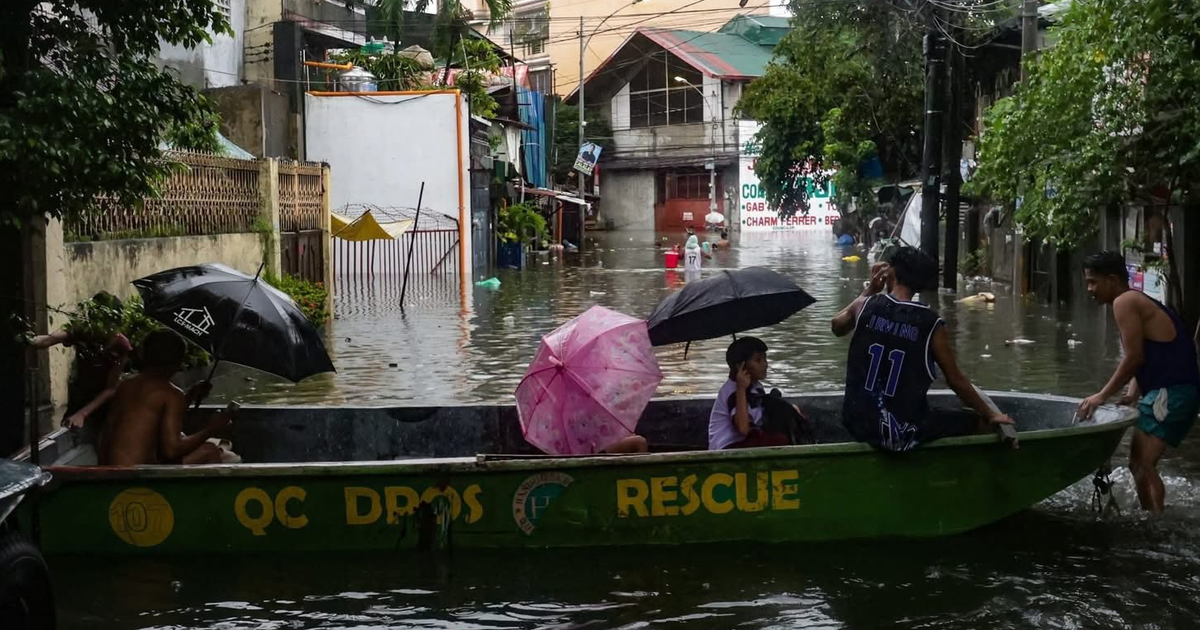MANILA, Philippines — The National Disaster Risk Reduction and Management Council (NDRRMC) has reported that more than 40 areas across the Philippines have been placed under a state of calamity following the impact of Tropical Storm Crising, the active weather systems Dante and Emong, and the enhanced southwest monsoon or habagat.
According to the NDRRMC’s latest monitoring report, 23 towns and cities in Cavite and 17 more in Metro Manila and nearby provinces have been severely affected and are currently under emergency declaration.
Widespread Damage Across Luzon and Visayas
Among the areas placed under a state of calamity are:
-
Pangasinan: Mangaldan and Umingan
-
Bulacan: Meycauayan, Paombong, Balagtas, and Calumpit
-
Pampanga: Masantol
-
Tarlac: Paniqui
-
Batangas: Agoncillo
-
Rizal: San Mateo, Rodriguez (Montalban), and Cainta
-
Palawan: Roxas
-
Antique: Barbaza and Sebaste
-
Metro Manila: Malabon City, Quezon City, Manila, Marikina, and Las Piñas
-
Cebu: Cebu City
-
More towns in Pangasinan: Dagupan City, Calasiao, Lingayen, Malasiqui, and Sta. Barbara
These areas experienced widespread flooding, landslides, tornadoes, and structural collapses as a result of the continued heavy rainfall and strong winds brought by multiple weather systems.
Millions Affected, Thousands Displaced
As of the most recent count, over 2.7 million individuals, belonging to more than 700,000 families, have been affected nationwide — with the exception of Eastern Visayas. Of these, more than 147,000 people are currently taking shelter in various evacuation centers, while over 90,000 individuals are temporarily staying with relatives or in makeshift housing.
The worst-hit areas include Central Luzon, followed by the Negros Island Region and CALABARZON.
Casualties and Missing Persons
Authorities have confirmed at least 12 fatalities, with eight individuals still missing, and eight others injured due to storm-related incidents.
Government Response
Relief operations are underway as local government units (LGUs), national agencies, and humanitarian groups coordinate efforts to deliver food, water, medical aid, and temporary shelter to affected residents. NDRRMC and the Department of Social Welfare and Development (DSWD) are continuing damage assessment and recovery planning to assist communities in need.



